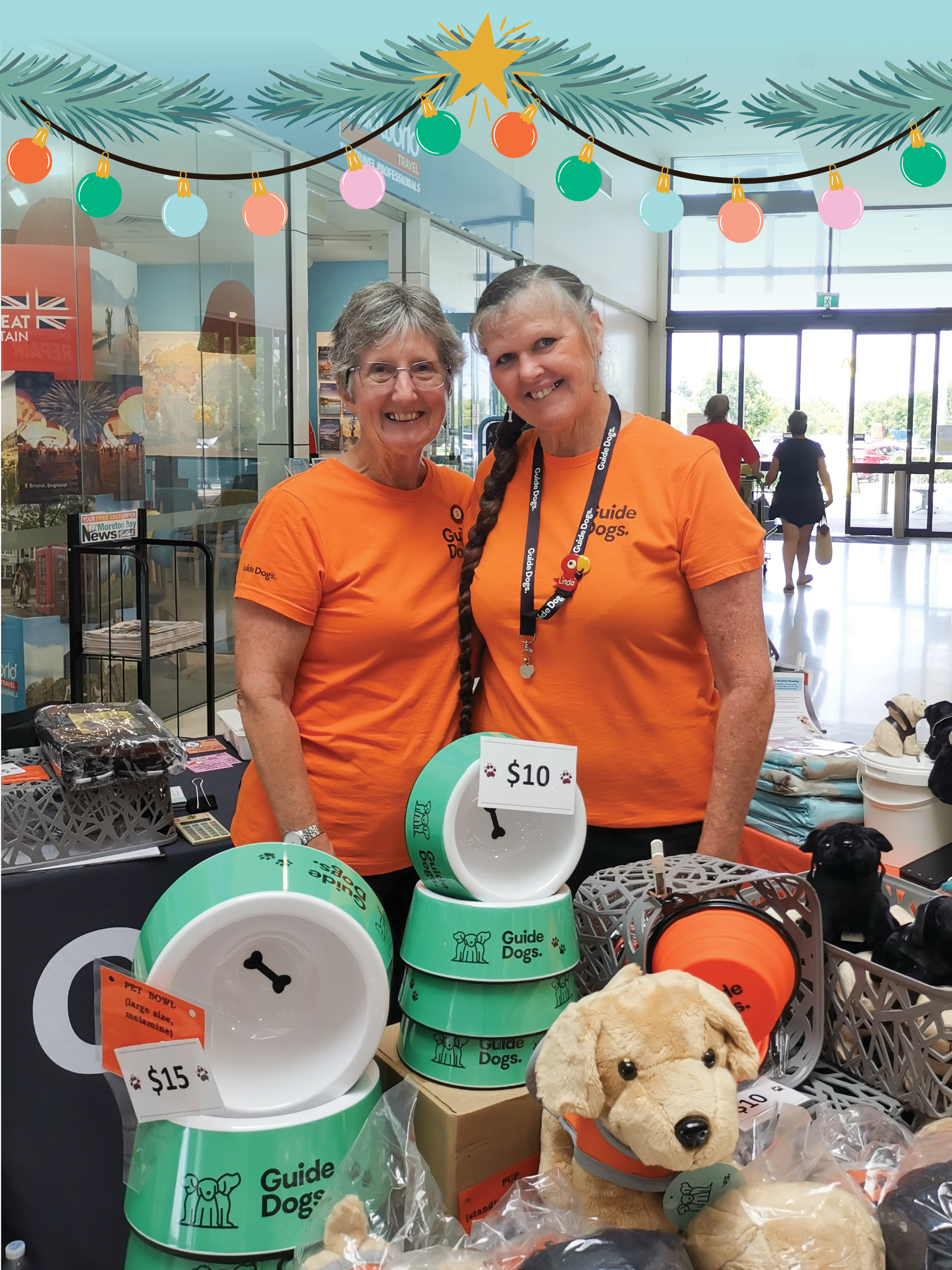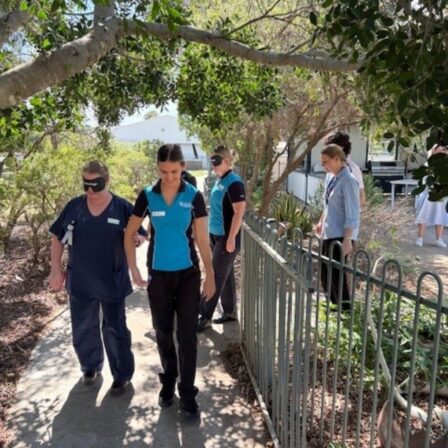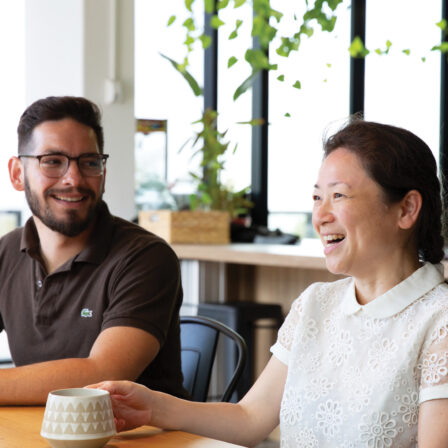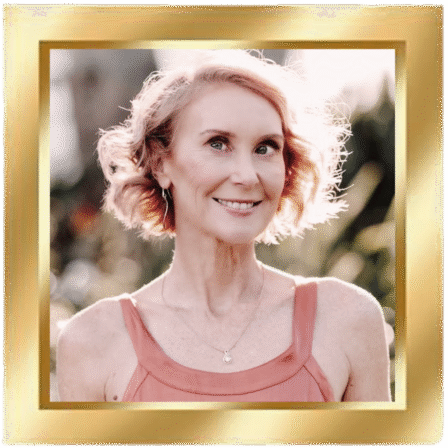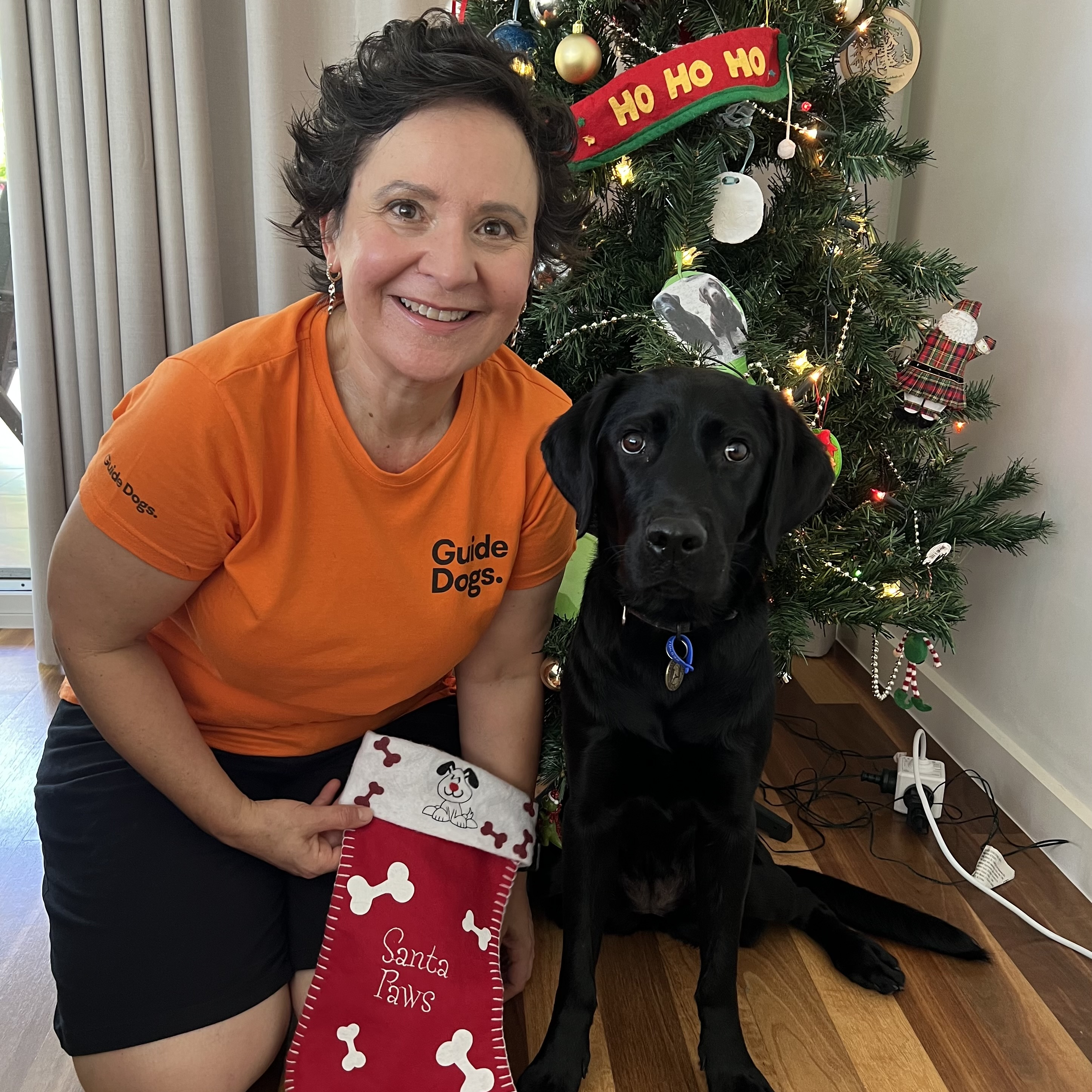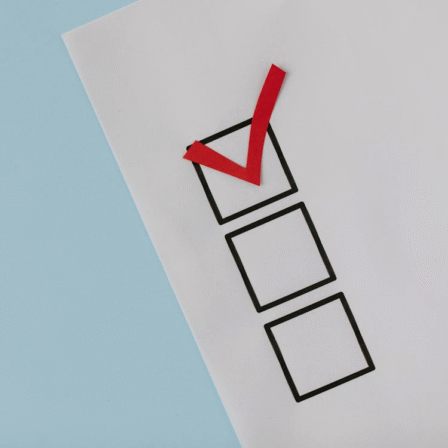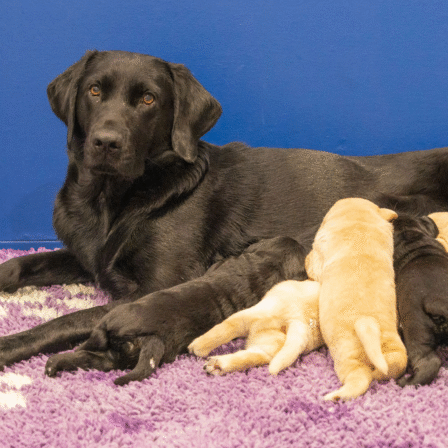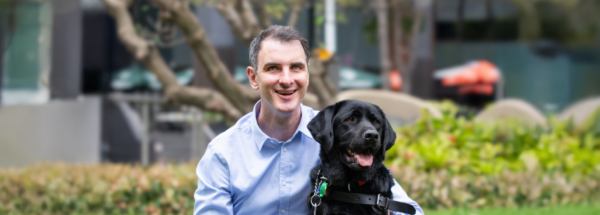News
Busting top 5 Myths about people with low vision or blindness.

A large portion of White Cane users or Guide Dog Handlers have been asked puzzling questions by the public, as many myths surround the low vision and blind community. Dispelling these misconceptions is crucial to fostering a better understanding of the experiences, challenges, and capabilities of individuals with low vision or blindness.
Here are some common myths and the truths behind them:
Myth 1: How are you independent when you get help from others?
Independence is about choice. Assistance doesn’t take away independence but enhances it. Independence itself is a spectrum and a personal journey, with one person’s journey being different to everyone else.
Myth 2: Does someone who is colour blind see any colour?
Not all people with colour blindness see in black and white. While severe conditions like monochromacy result in seeing only in shades of grey, most individuals with colour blindness struggle with specific colours, like red and green. It’s more common in males and often goes undiagnosed.
Myth 3: Are your other senses super senses?
The belief that losing vision sharpens other senses is a myth. There’s no evidence that senses become superhuman. Instead, people with vision loss often train their remaining senses to be more efficient, much like learning a second language.
Myth 4: Those born blind or are blind don’t dream.
Studies show that people who are blind dream using their other senses. A 2014 study in Denmark found that blind participants reported more sensory-rich dreams, despite not having vision. Dreaming isn’t reliant on sight, and social experiences are still central to their dreams.
Myth 5: Do Guide Dogs know where they’re going?
Guide Dogs are trained to assist, but they don’t know the destination. They rely on routes learned through training and memory. An Orientation and Mobility Specialist can teach the Handler the routes and how to safely get to where they need to go, while Guide Dogs reinforce this training to ensure safety.
By educating ourselves and challenging common myths, we can create a more inclusive and empathetic society. All myths are born of misconception or lack of knowledge, through education and information we hope to dispel all myths about the low vision and blind community.
